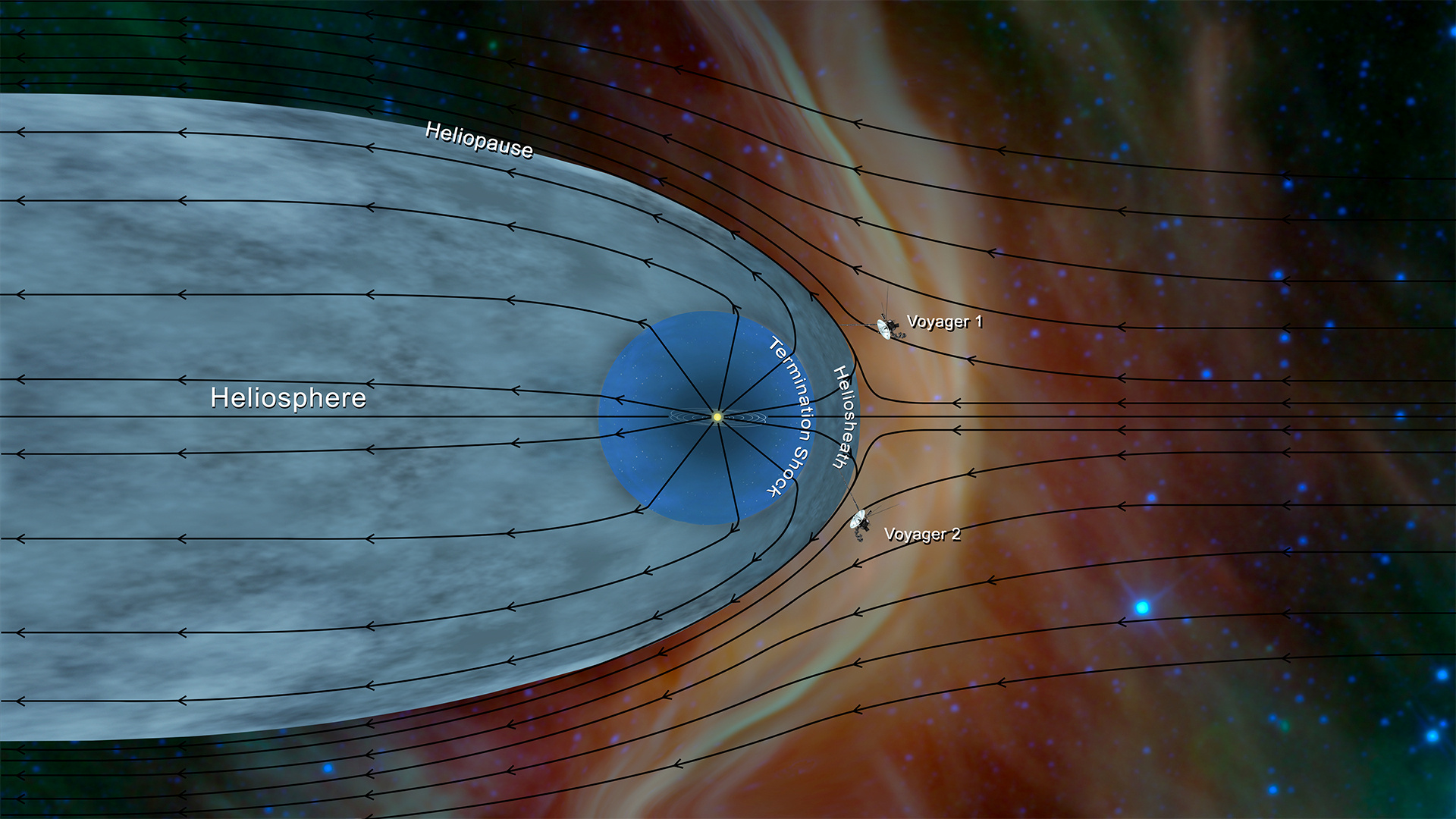The journey of NASA's dauntless Voyager 2 spacecraft through our solar system's farthest reaches has given scientists new insight into a poorly understood distant frontier: the unexpectedly distinct boundary marking where the sun's energetic influence ends and interstellar space begins.
The U.S. space agency previously announced that Voyager 2, the second human-made object ever to depart the solar system following its twin, Voyager 1, had zipped into interstellar space on Nov. 5, 2018, at a point more than 11 billion miles (17.7 billion km) from the sun. Several research papers published on Monday provided scientific details of that crossing.
Both Voyager 1 and Voyager 2 were launched in 1977, designed for five-year missions. Voyager 1 left the solar system at a different location in 2012. Both are now traversing the Milky Way galaxy's interstellar medium, a chillier region filling the vast expanses between the galaxy's stars and planetary systems.



